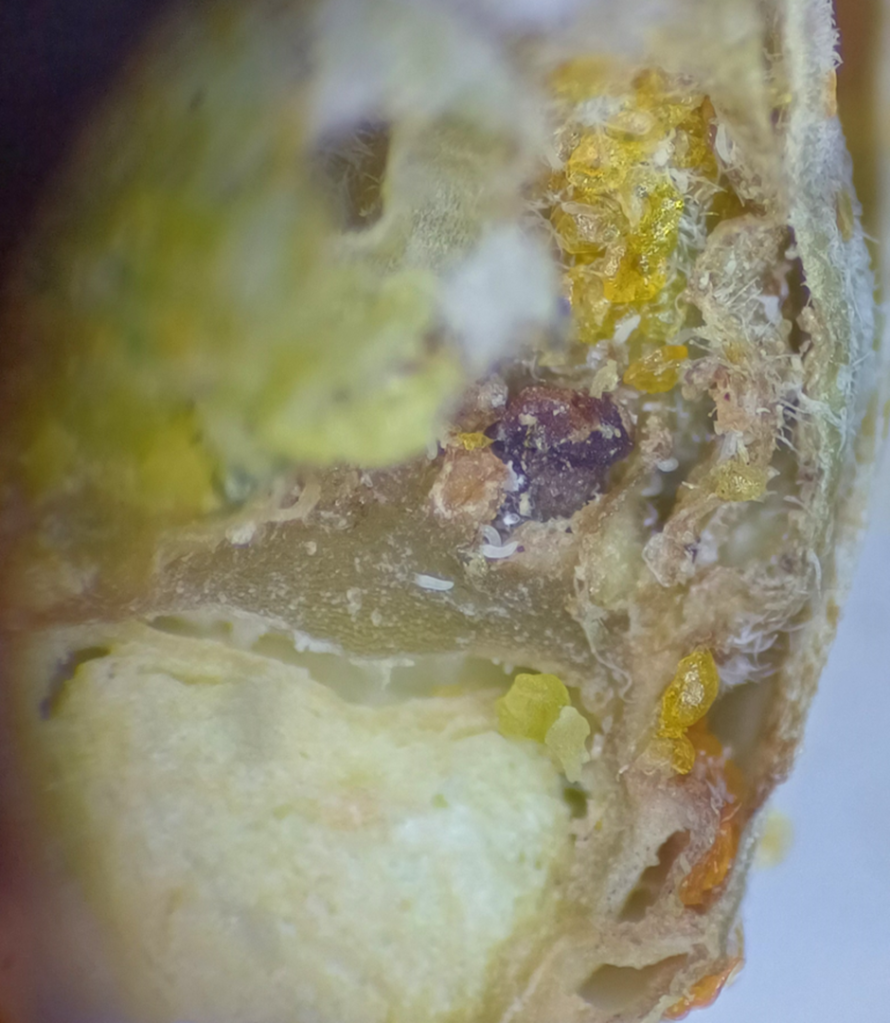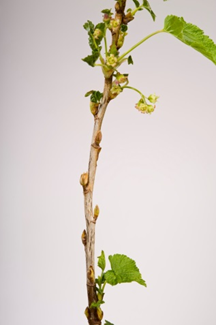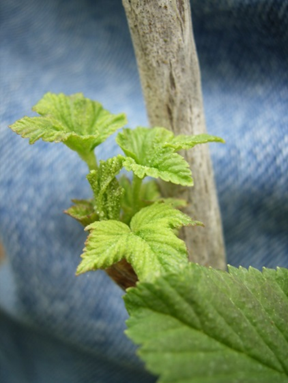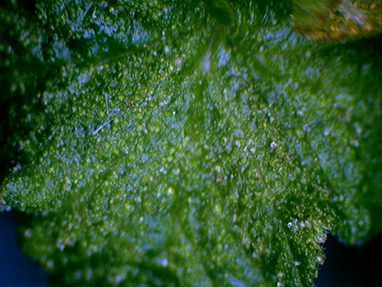© 2025 Berryworld, All Rights Reserved
Geoff Langford
I recently brought some blackcurrant buds in from home to check out bud development. The variety is Taranaki which I grow because it has big fruit which is quite good to eat fresh and there aren’t many varieties that fit that criteria.
It had just started to show signs of the terminal bud starting to move so I thought it would be interesting to see what stage the developing flowers were at, as you can see them quite clearly under the microscope at this time of year. It was therefore somewhat disturbing to see a high population of gooseberry mites that had already destroyed quite a number of the buds.
Gooseberry mite is one pest that we do need to keep a look out for. To look at, it is almost identical to the blackcurrant gall mite. The main difference is that it doesn’t cause the bud distortion that leads to the galled buds and so you really don’t know you have it until after bud break. It is covered in the Blackcurrant Production Manual.
For those who have never seen gall mite or gooseberry mite before, you do need high magnification, more than a 10x lens.

The main symptom after bud movement is a series of buds that don’t break and for those that do, the foliage is paler than normal and the new leaves have a weird rough look to them resulting from the mite feeding. Note that I have seen this gooseberry mite in Nelson in the past, so keep a look out for it there, even though I have never seen gall mite up in Nelson.



The good news is the control measure is exactly the same as for gall mite which is the standard sulphur treatment. I don’t normally spray my blackcurrants at all, so it looks like this might have to change this year!